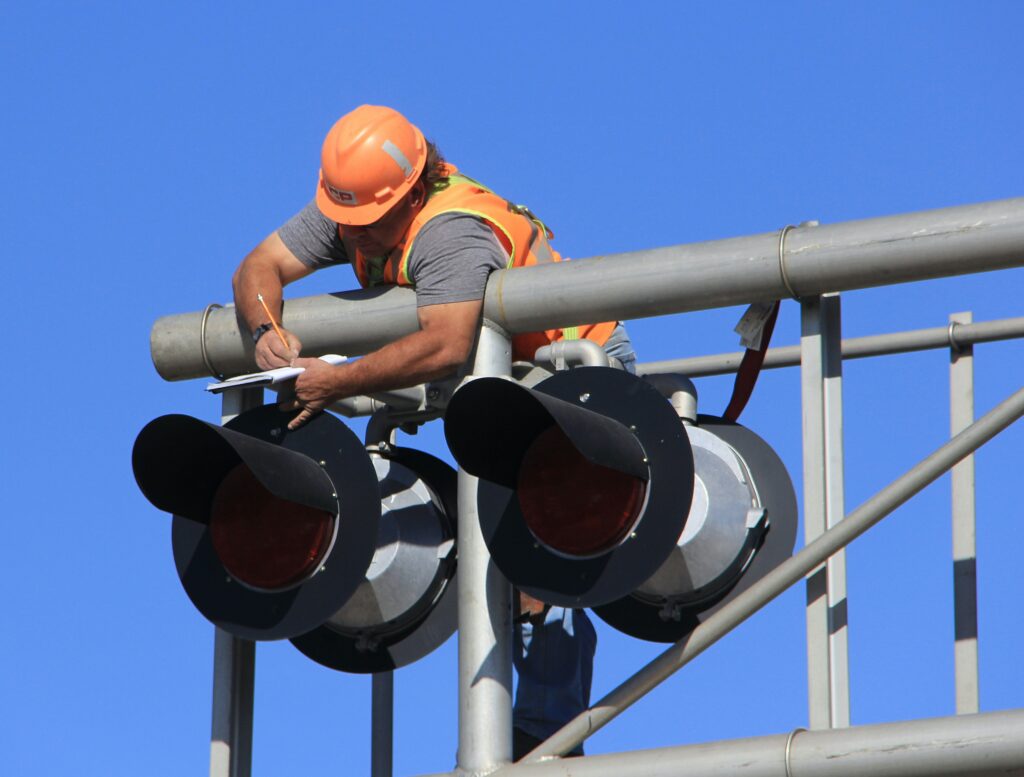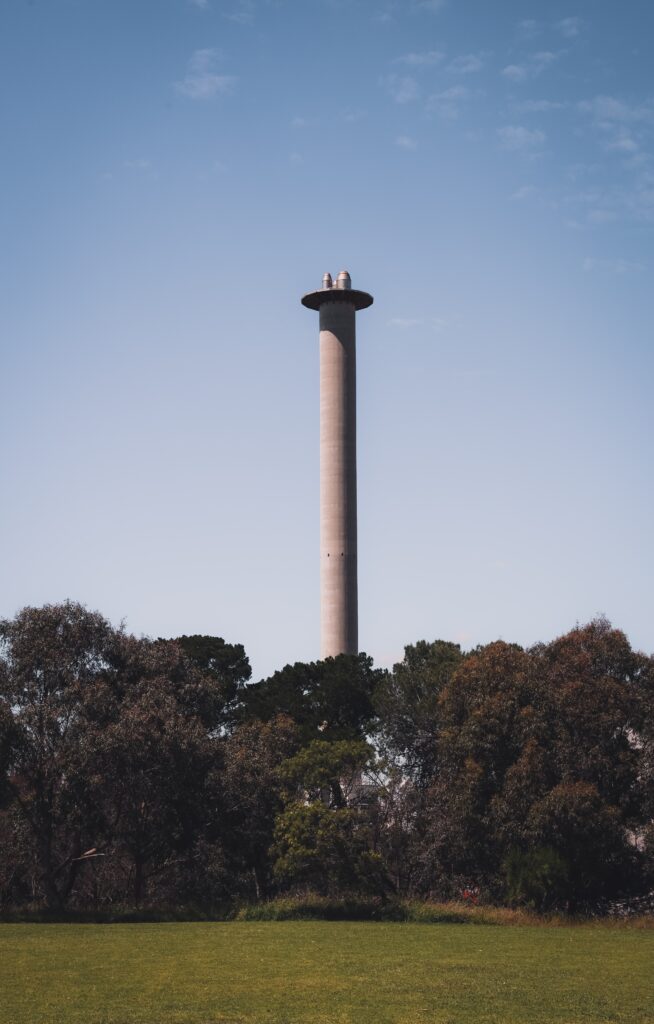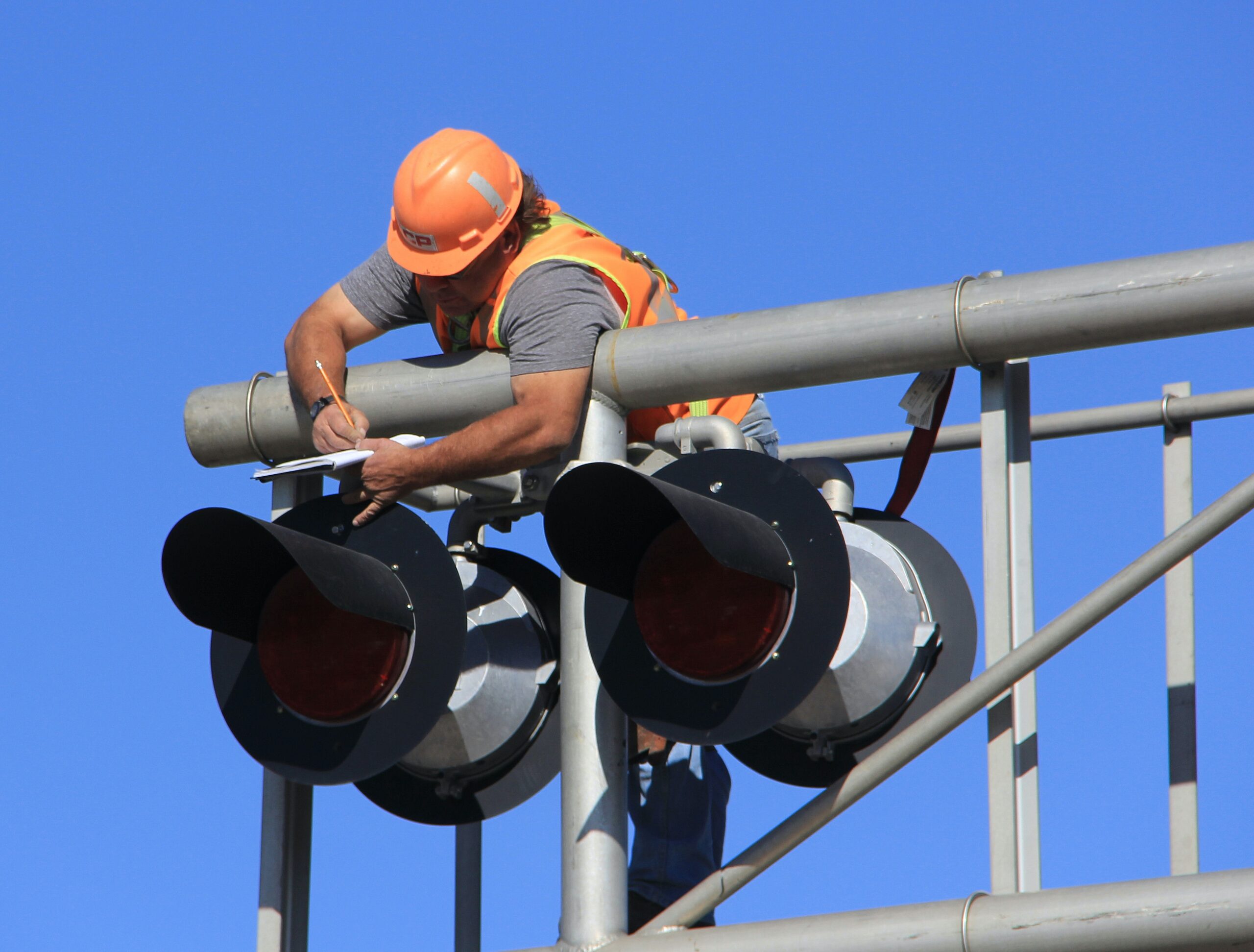Maintaining the efficiency and longevity of your well is crucial, and one way to ensure this is through annual well inspections. These inspections play a vital role in preventative maintenance, helping to identify potential issues before they become major problems. By assessing the condition of your well, checking for any signs of wear and tear, and testing the water quality, annual inspections not only safeguard your water supply but also save you time, money, and unnecessary stress in the long run. So, let’s explore why annual well inspections are an essential part of your maintenance routine.
Importance of Annual Well Inspections
Annual well inspections play a crucial role in the maintenance of your well system. They are essential for ensuring the proper functionality of your well and preventing costly repairs in the long run. By identifying potential issues early on, annual inspections can save you both time and money. Furthermore, these inspections can help maximize the efficiency of your well system, leading to improved water quality and reduced energy consumption. Let’s dive deeper into the benefits and process of annual well inspections.
Process of Annual Well Inspections
During an annual well inspection, several key components of your well system are thoroughly checked and evaluated. This comprehensive process includes:
Checking Water Quality
Water quality testing is an integral part of annual well inspections. This involves analyzing the levels of various contaminants, such as bacteria, nitrates, and heavy metals, in your well water. Ensuring that your water meets the standard quality requirements is vital for the health and well-being of you and your family.
Inspecting Pump and Pressure Tank
The inspection of the pump and pressure tank is another crucial step in the process. By examining these components, the well inspector can detect any signs of wear and tear, leaks, or malfunctions. Identifying issues with the pump and pressure tank early on can prevent more significant problems, such as pump failure or loss of water pressure.
Evaluating Well Structure
The structural integrity of your well needs to be evaluated during the annual inspection. This involves checking for any signs of cracks, leaks, or deterioration in the well casing, cover, and seals. A thorough evaluation ensures that your well remains structurally sound and prevents potential contamination of the water supply.
Assessing Electrical Components
The electrical components of your well system, including the control box and wiring, are also evaluated during the inspection. Any loose connections, faulty wiring, or damaged components can lead to operational issues or even electrical hazards. By assessing and addressing these concerns, you can maintain the safety and longevity of your well system.

Benefits of Regular Well Inspections
Regular well inspections offer several benefits that contribute to the overall health and performance of your well system. These benefits include:
Extended Lifespan of Well System
Through early detection and prompt resolution of potential issues, regular inspections can significantly extend the lifespan of your well system. By addressing minor problems before they escalate into major repairs, you can avoid the need for costly replacements or significant renovations.
Improved Water Quality
Annual well inspections include water quality testing, which ensures that your well water meets the necessary standards for safe consumption. Identifying and resolving any water quality issues promptly can improve the taste, odor, and overall safety of your drinking water.
Reduced Energy Consumption
Maximizing the efficiency of your well system can help reduce energy consumption. During the inspection, the inspector will assess the well pump’s performance and identify any inefficiencies that may be causing increased energy usage. By addressing these inefficiencies, you can save on energy costs and minimize your environmental impact.
Early Detection of Contaminants
Regular well inspections play a crucial role in the early detection of contaminants in your well water. Through water quality testing, any presence of harmful substances can be identified promptly, allowing for appropriate treatment measures to be taken. This ensures that you and your family have access to clean and safe drinking water.
Choosing a Qualified Well Inspector
Selecting a qualified well inspector is paramount to ensuring a thorough and accurate assessment of your well system. When choosing a well inspector, consider the following factors:
Certifications and Experience
Look for a well inspector who holds certifications and has extensive experience in the field. Certifications such as the National Ground Water Association’s Certified Well Inspector can provide assurance of their knowledge and expertise.
References and Reviews
Obtaining references and reading reviews from past clients can give you valuable insights into the inspector’s professionalism and quality of work. Positive reviews and recommendations are indicators of a well-regarded inspector.
Knowledge of Local Regulations
A knowledgeable well inspector should be well-versed in the local regulations and requirements pertaining to wells and water quality. This ensures that the inspection is conducted in compliance with the necessary guidelines.
Insurance Coverage
Ensure that the well inspector carries sufficient insurance coverage, including liability and errors and omissions insurance. This provides protection for both you and the inspector in the event of any unforeseen issues or errors during the inspection process.

Frequency of Well Inspections
The frequency of well inspections depends on various factors, including your location, water source, and local regulations. Generally, it is recommended to have:
Annual Inspections
Annual inspections are a standard practice and are highly recommended to maintain the optimal performance of your well system. Regular inspections help identify and address any developing issues before they become more significant problems.
Well Water Testing
In addition to annual inspections, periodic well water testing should be conducted to ensure ongoing water quality. The frequency of water testing depends on factors such as the age of your well, proximity to potential contaminant sources, and any changes in water taste, odor, or appearance.
Additional Inspections if Necessary
If you experience any changes in water quality, sudden changes in water pressure, or noticeable issues with the operation of your well system, it is essential to schedule an inspection promptly. Acting quickly can prevent further damage and mitigate potential risks.
Cost of Annual Well Inspections
The cost of annual well inspections can vary depending on several factors, including the region, accessibility of the well, depth of the well, and the complexity of the system. However, the investment in regular inspections is significantly outweighed by the potential cost of major repairs or replacements that could have been prevented through timely inspections. On average, the cost of an annual well inspection ranges from $200 to $500, depending on the factors mentioned above.

DIY Well Inspection Tips
While annual inspections should ideally be conducted by a qualified well inspector, there are some DIY well inspection tips you can follow to ensure the ongoing health and performance of your well system. These tips include:
Checking for Leaks
Regularly inspect your well system for any signs of leaks, including damp or wet areas around your well, discolored vegetation, or unexplained increases in household water usage. Addressing leaks promptly can prevent further damage and water loss.
Testing Water Pressure
Monitoring water pressure is essential to detect any sudden changes or drops in pressure, which may indicate potential issues with the well pump or pressure tank. You can use a pressure gauge to measure the water pressure at various faucets in your home.
Monitoring Water Quality
Keep an eye out for any changes in the taste, odor, or appearance of your well water. If you notice any abnormalities, it is essential to have your water tested by a certified laboratory to identify any potential contaminants.
Maintaining Well Logs
Keeping detailed well logs that document the date and results of any inspections, water tests, or maintenance performed can provide valuable information for both you and future well inspectors. This record-keeping helps monitor trends, identify recurring issues, and ensure a history of proper maintenance.
Common Issues Found in Well Inspections
During well inspections, several common issues may be identified. These issues include:
Low Water Pressure
Low water pressure can be caused by various factors, including a malfunctioning well pump, a clogged or failing pressure tank, or blockages in the well or distribution pipes. Identifying the root cause of low water pressure is crucial for restoring proper functionality.
Well Pump Failure
Well pump failure can occur due to various reasons, including wear and tear, electrical issues, or improper maintenance. Identifying potential signs of pump failure, such as irregular water flow or unusual noises, is vital for preventing a complete pump breakdown.
Contaminated Water
Contaminated water can result from various sources, including bacterial or chemical contamination, well casing breaches, or nearby pollutant sources. Proper water quality testing can detect contaminants and enable appropriate treatment measures.
Corroded Pipes
Over time, pipes in the well system can corrode, leading to leaks, reduced water pressure, and potential contamination. Regular inspections can identify any signs of corrosion and facilitate timely repairs or replacements to prevent further damage.
Maintaining the Well System
To ensure the ongoing functionality and longevity of your well system, regular maintenance is crucial. This includes:
Seasonal Maintenance
Performing seasonal maintenance, such as checking components, cleaning the well area, and inspecting the well cover, can help prevent issues caused by changing weather conditions.
Well Cleaning Procedures
Periodic well cleaning procedures, such as disinfection and removal of sediment or scale buildup, help maintain water quality and prevent clogs or blockages.
Regular Filter Replacements
Replace well system filters, such as sediment filters or activated carbon filters, as recommended by the manufacturer. This ensures proper filtration and prevents clogging or reduced water flow.
Water Testing and Treatment
Regularly test your well water and treat it as necessary to address any emerging water quality issues. This may include shock chlorination, pH adjustment, or specific treatments based on the presence of contaminants.
Conclusion
Annual well inspections play a vital role in maintaining the functionality and longevity of your well system. By ensuring proper functionality, preventing costly repairs, and identifying potential issues early on, annual well inspections offer numerous benefits. They contribute to the extended lifespan of the well system, improved water quality, reduced energy consumption, and early detection of contaminants. Selecting a qualified well inspector, conducting inspections at the recommended frequencies, and investing in regular maintenance are key to maximizing the performance and safety of your well system. With proper care and attention, your well system will continue to provide reliable and high-quality water for years to come.

